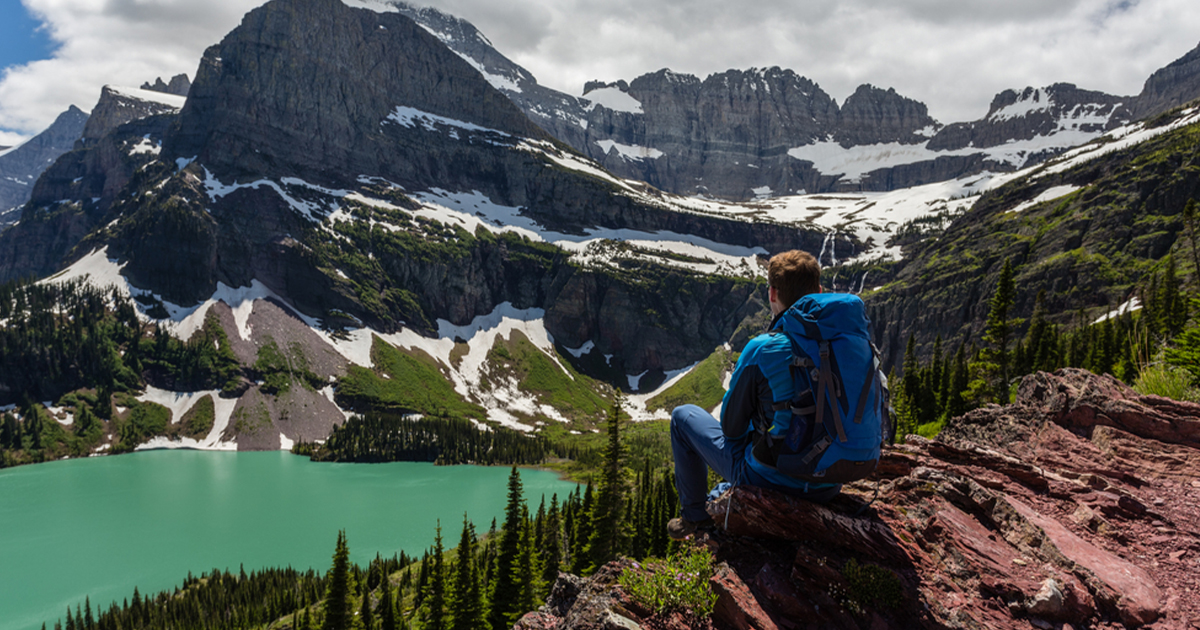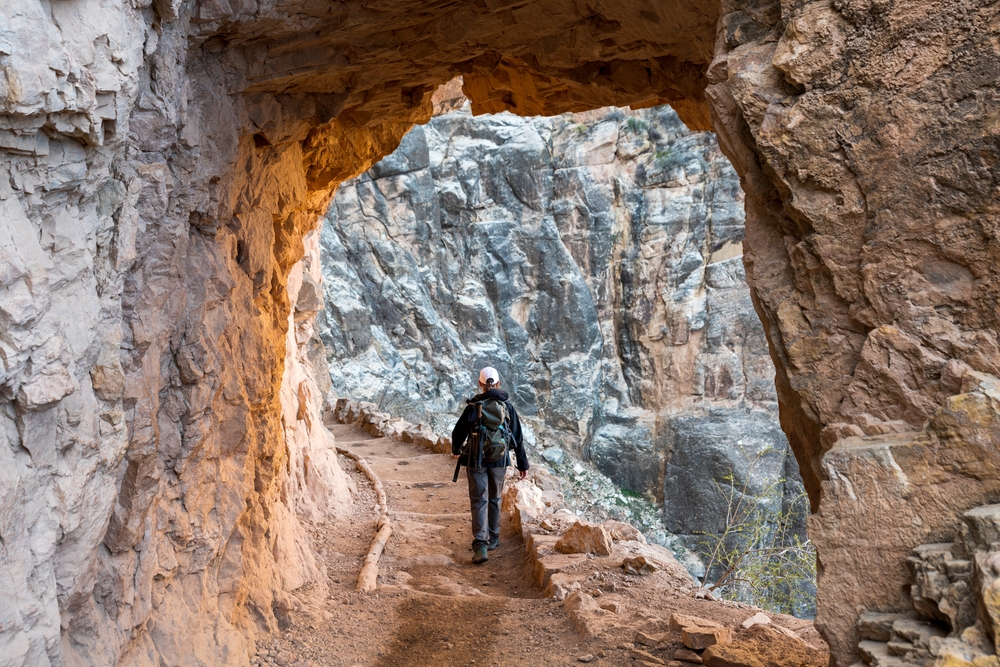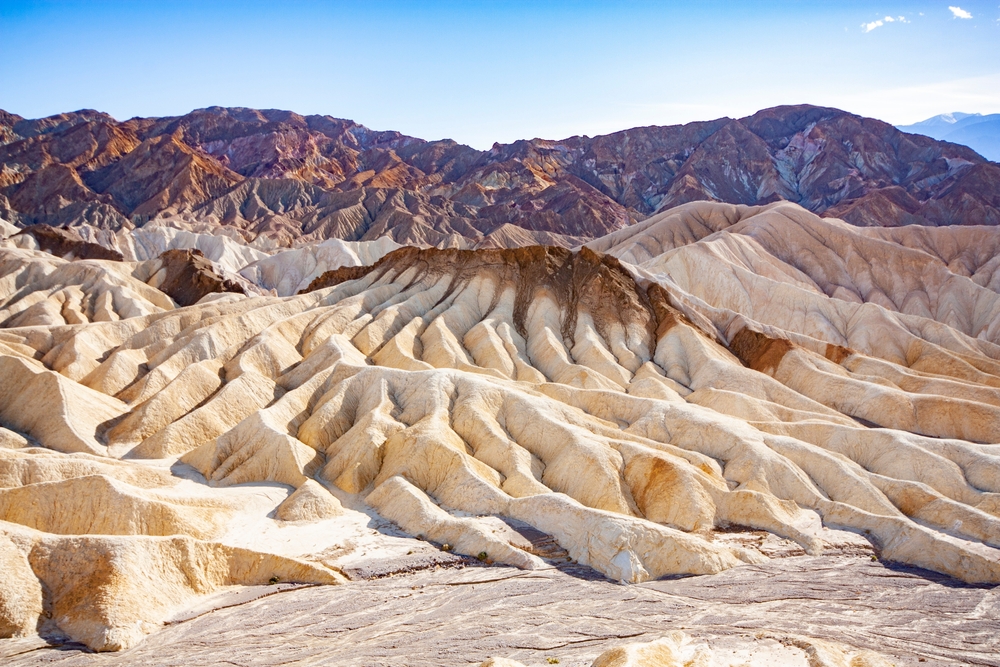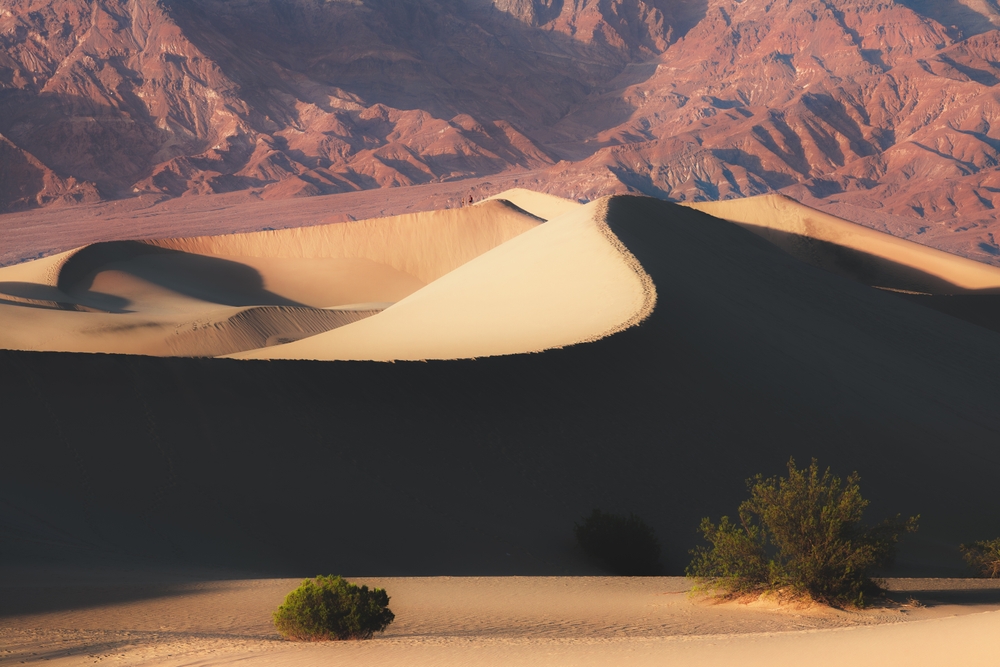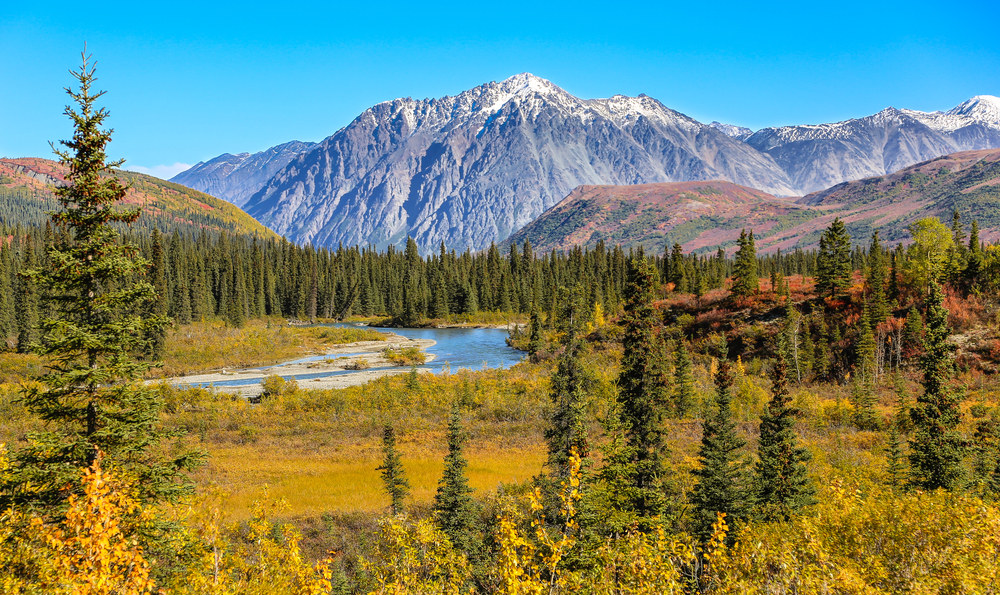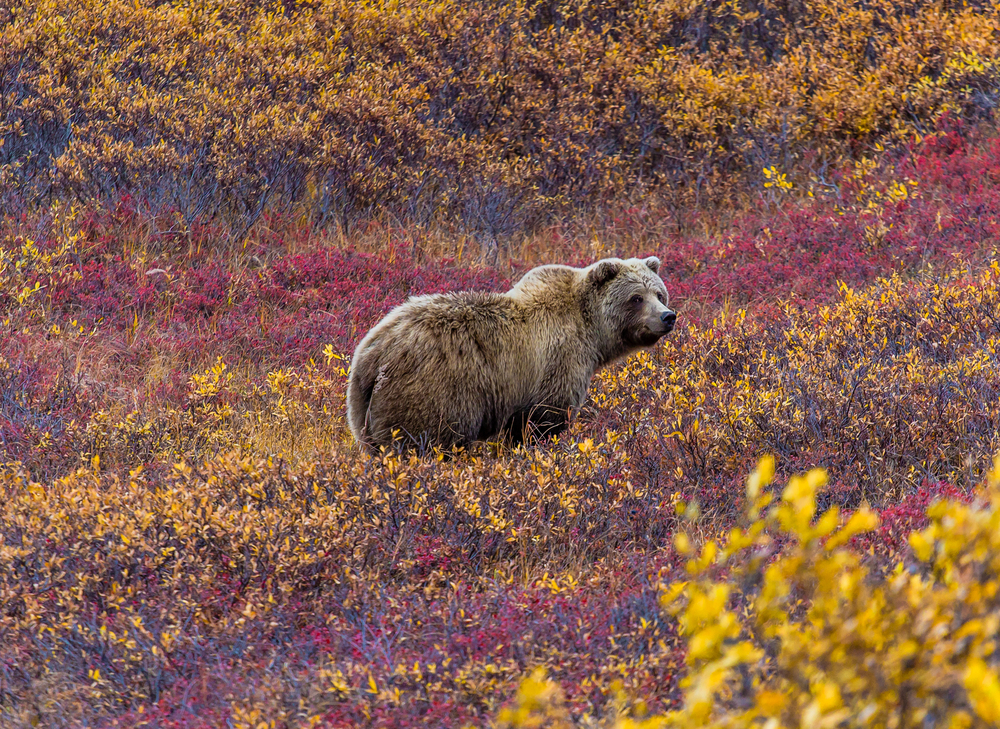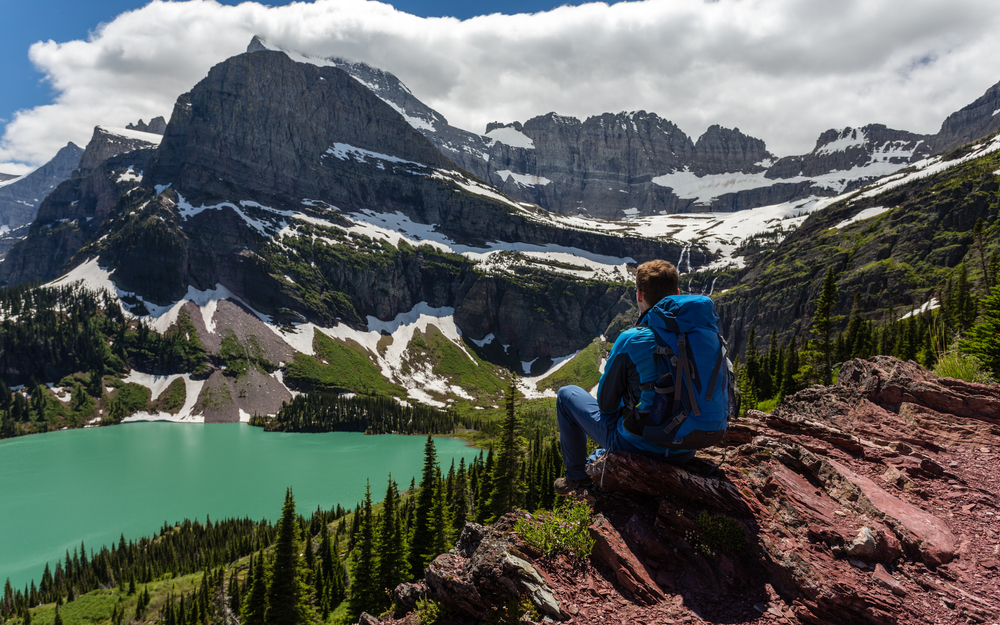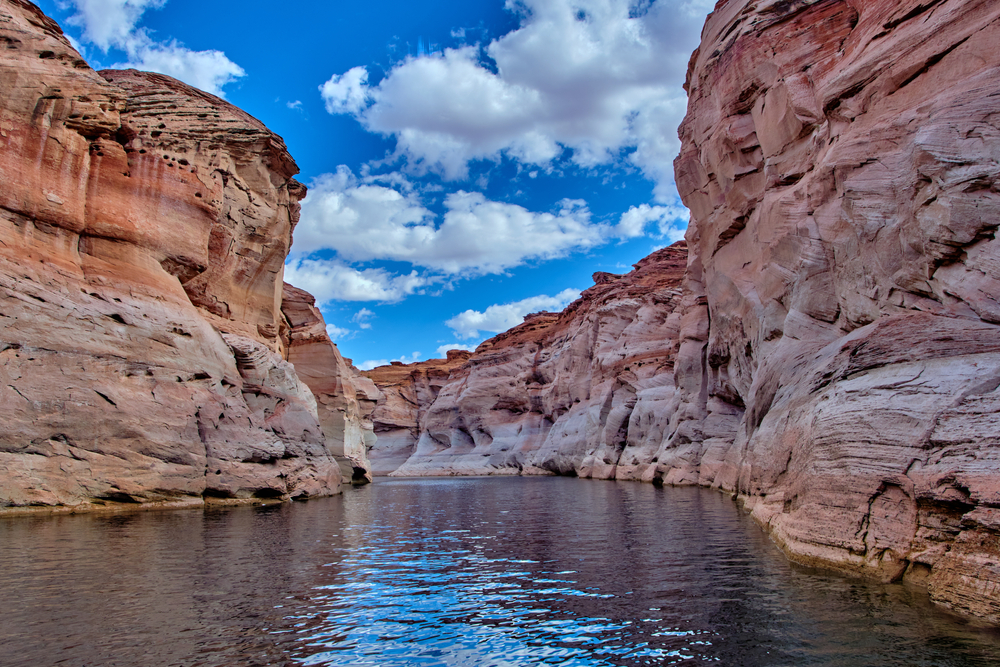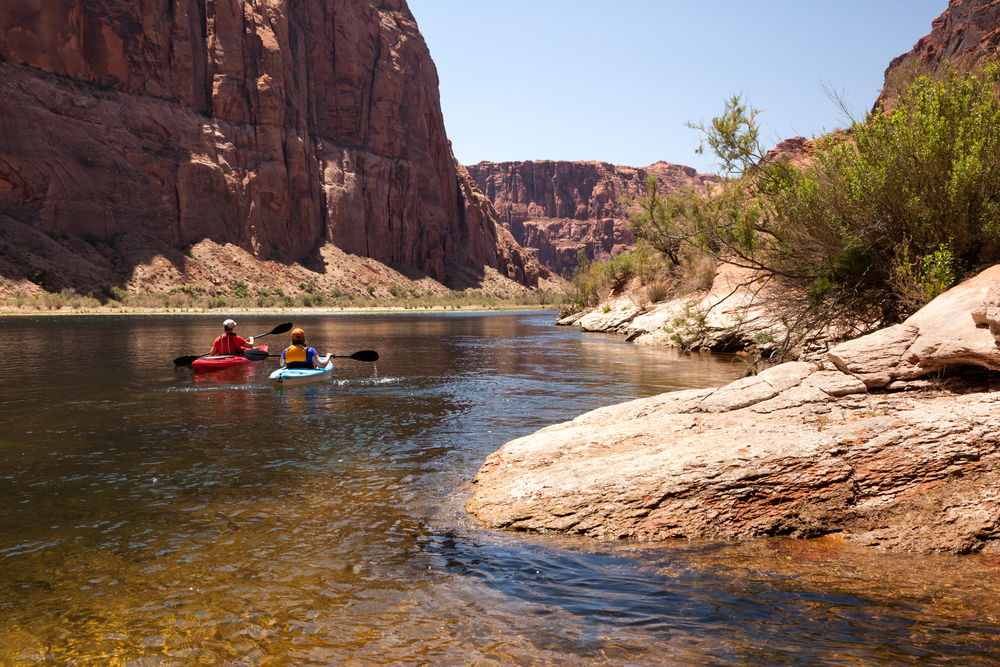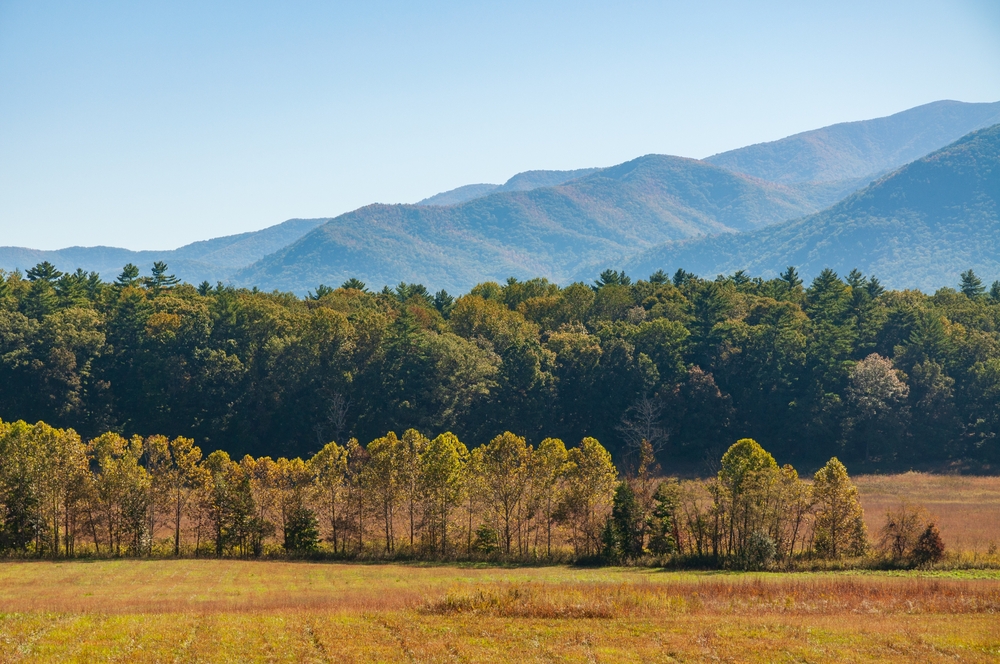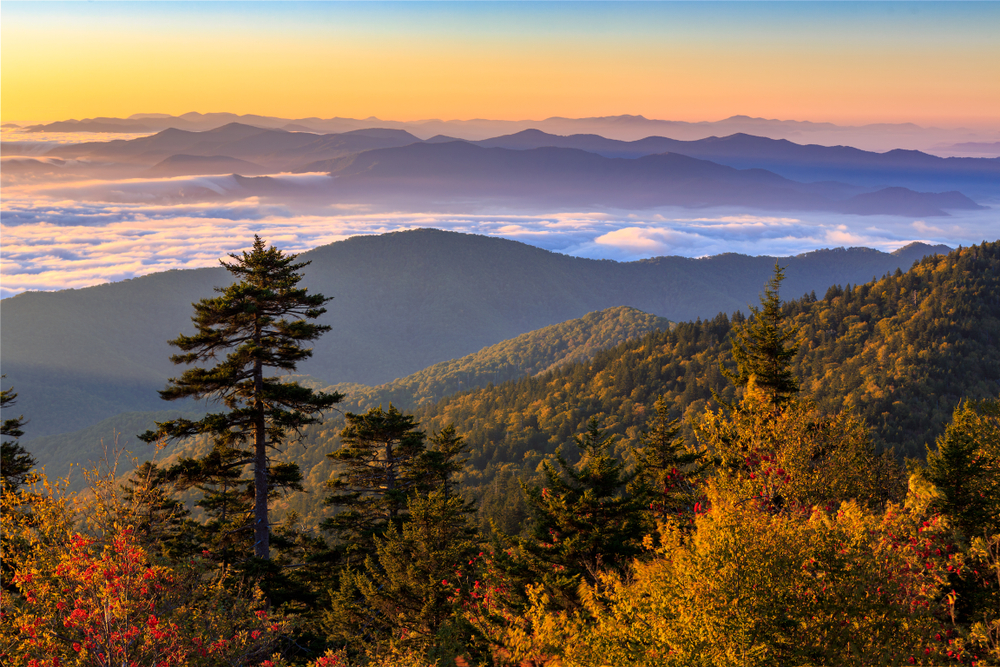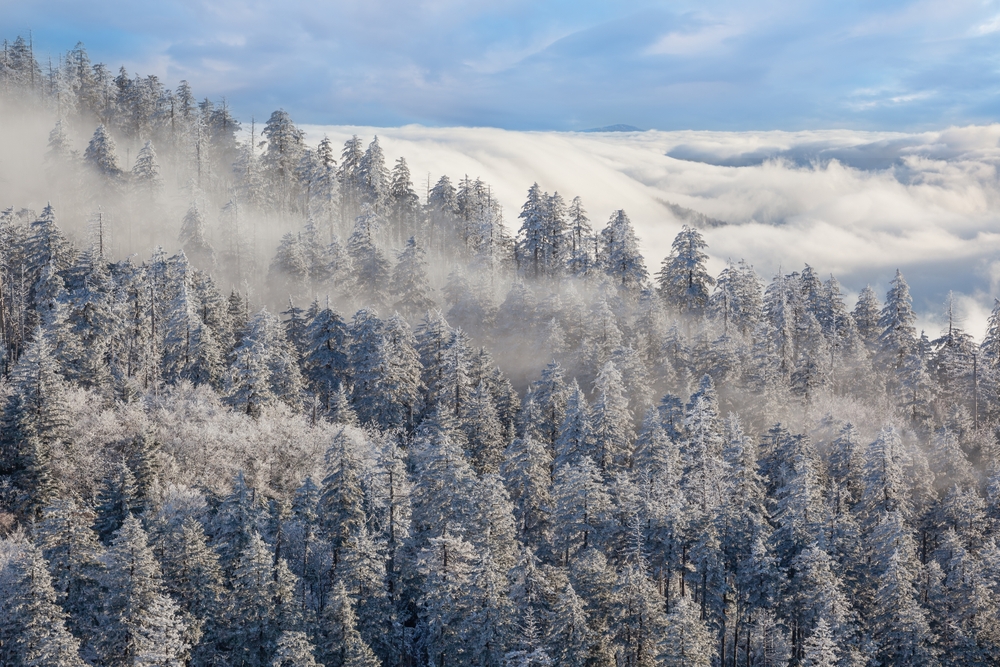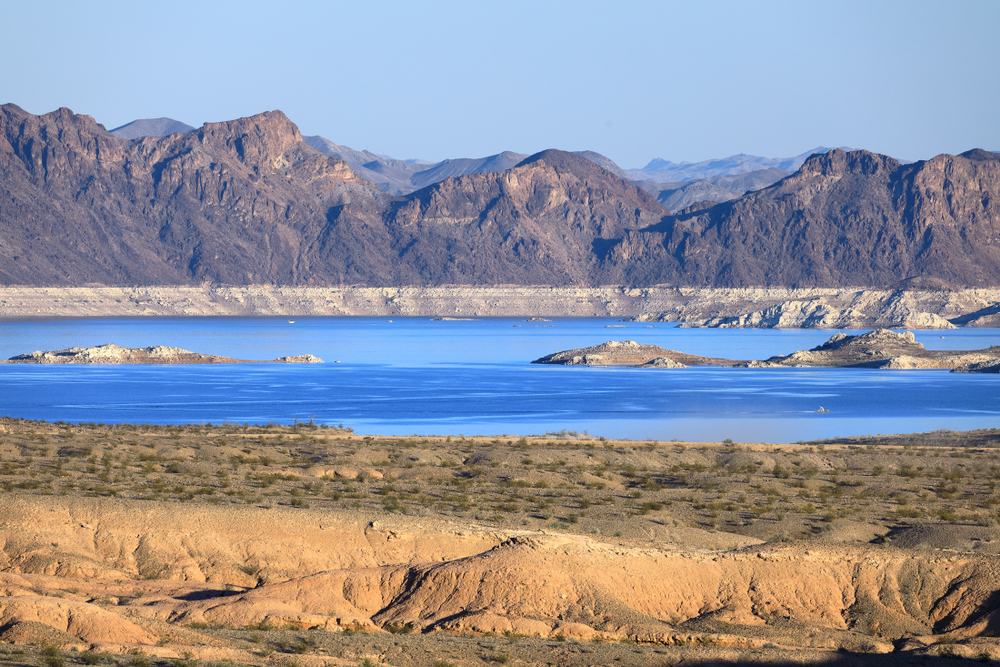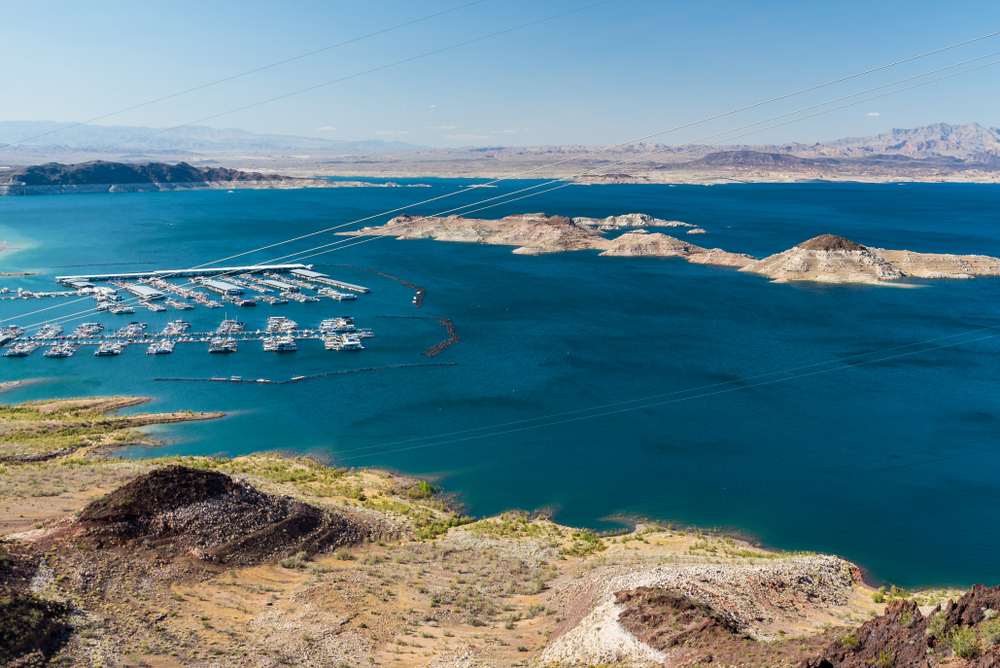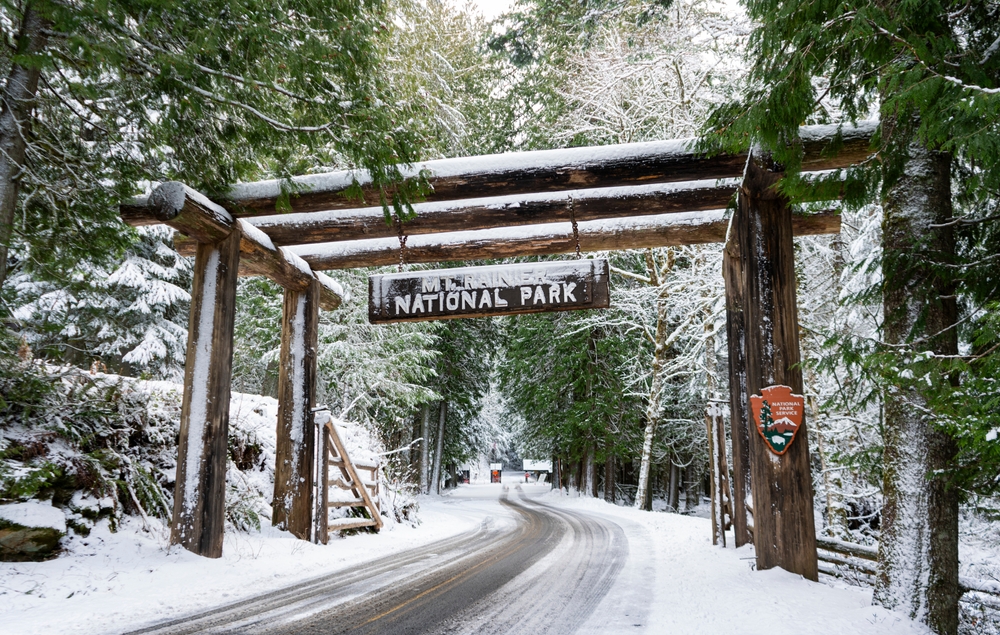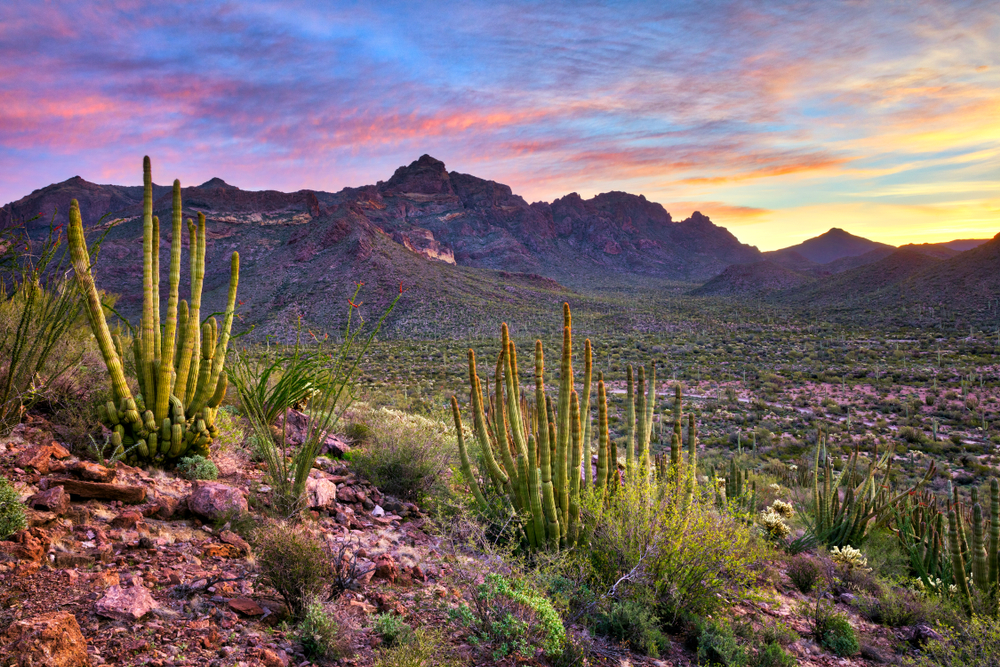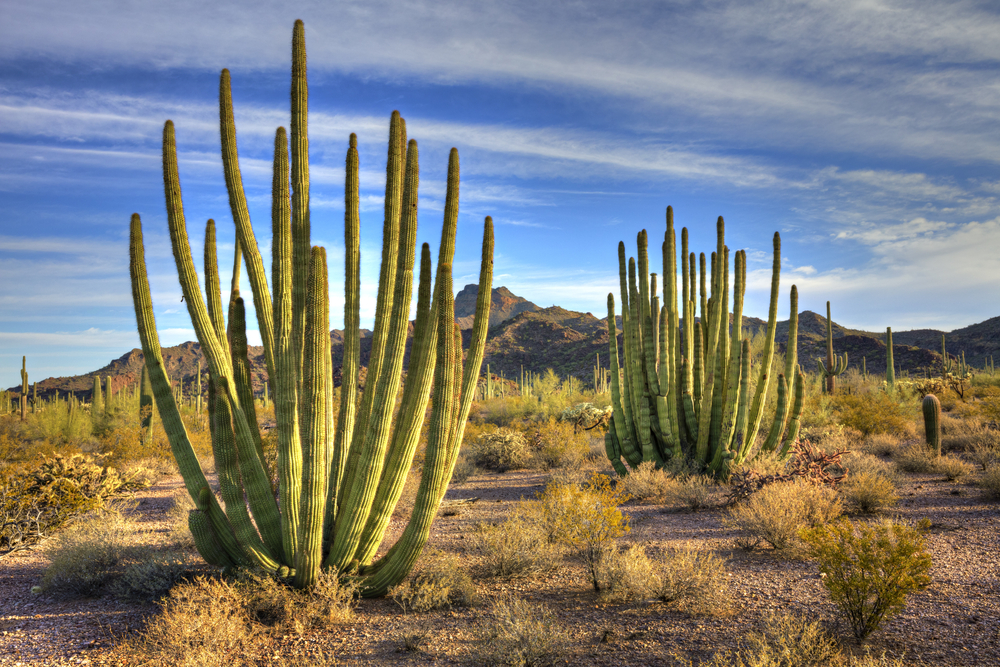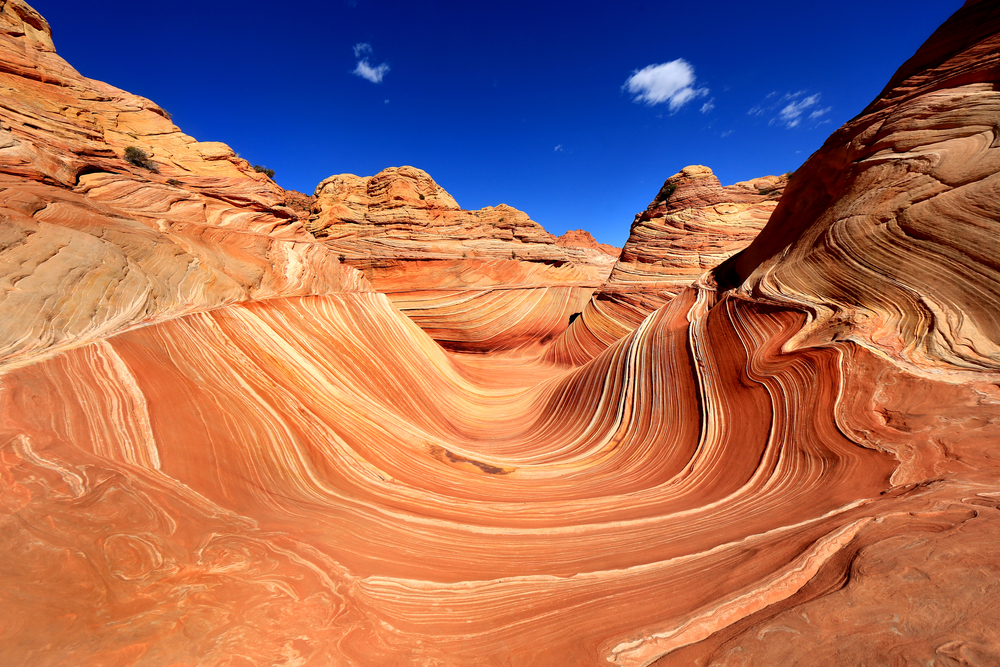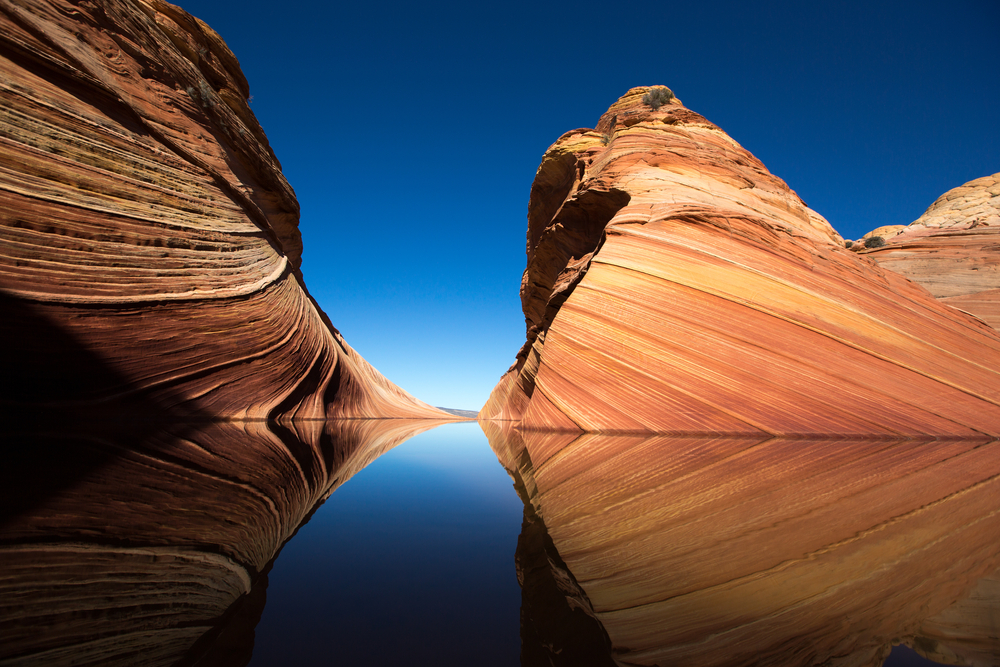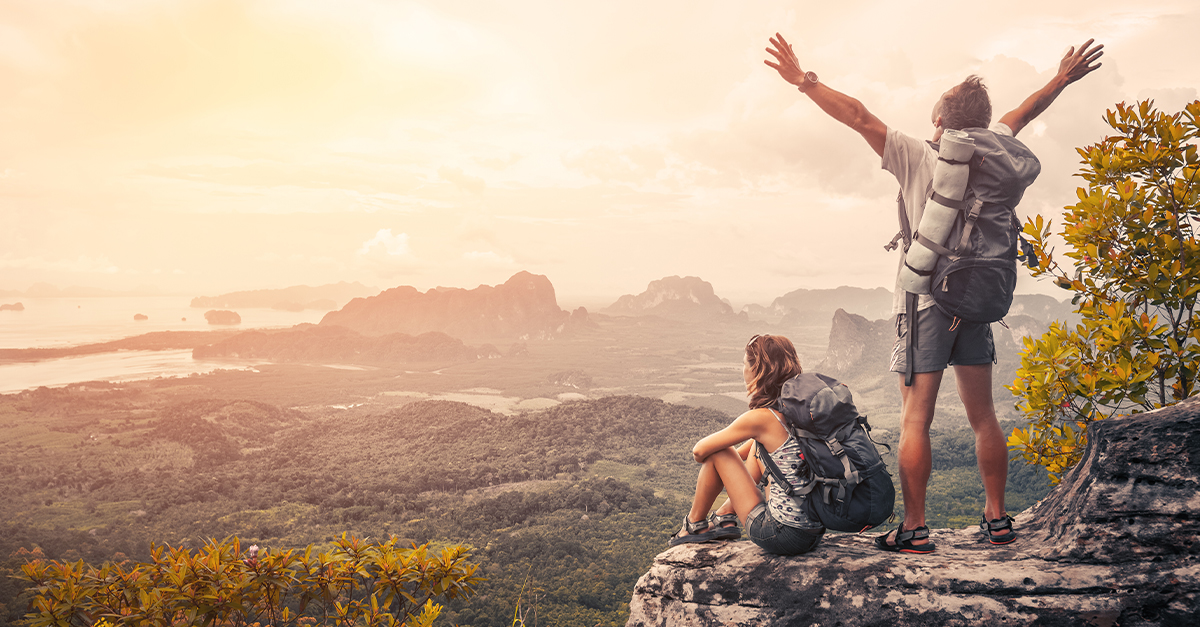Dangerous Places to Camp
If you’re an outdoor enthusiast looking for a thrill, there are dozens of places within the United States that will scratch that itch for you.
From toxic critters to treacherous terrain, here are 10 camping destinations that attract the adrenaline chasers, and statistics that may shock you.
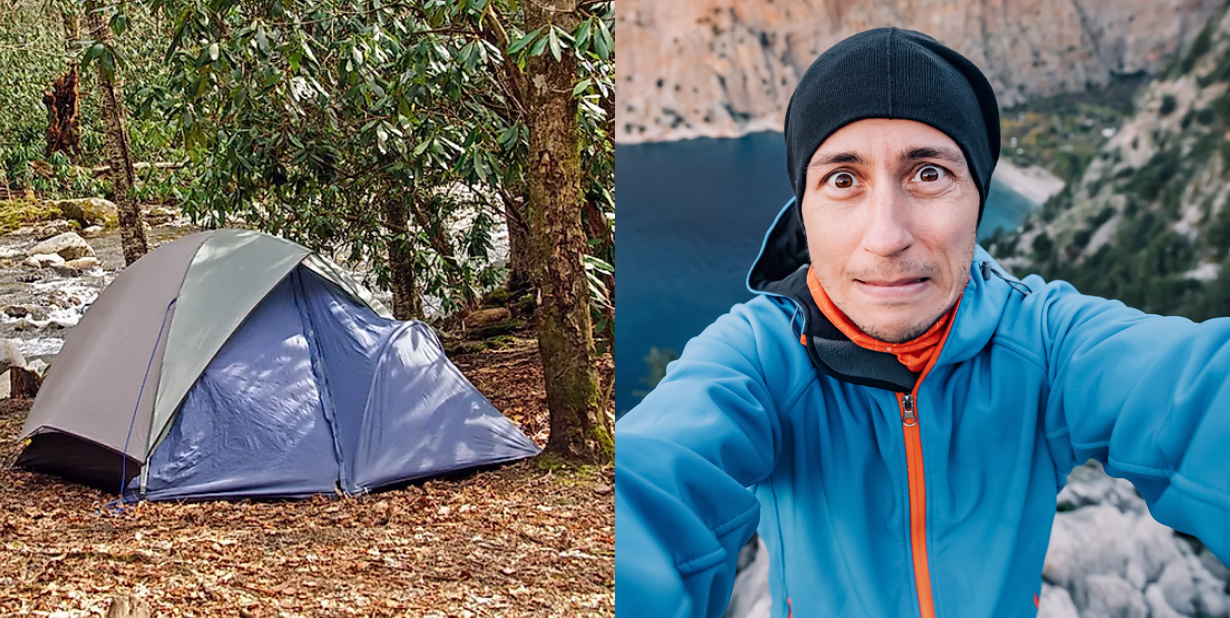
The Grand Canyon, Arizona
I know what you’re thinking—lots of people camp safely at the Grand Canyon. And you aren’t wrong. It is one of the most popular tourist destinations in America.
But this geographical wonder offers routes that are reserved for only the most skilled outdoorsman.
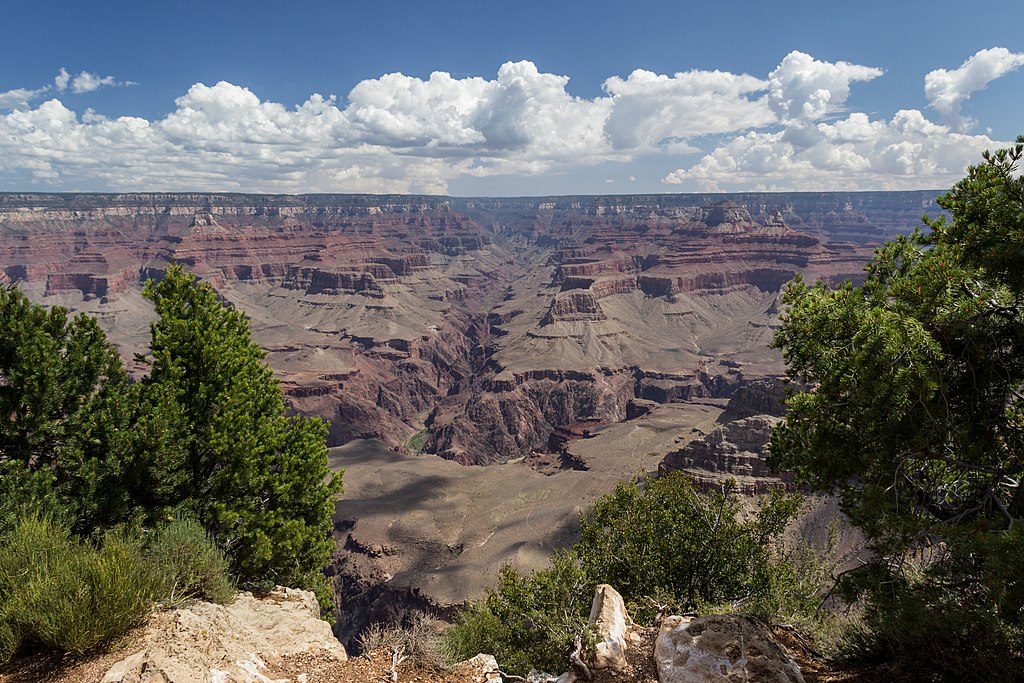 Dietmar Rabich, CC BY-SA 4.0, Wikimedia Commons
Dietmar Rabich, CC BY-SA 4.0, Wikimedia Commons
The Grand Canyon: Bright Angel Trail
For the more intense hiker, Bright Angel Trail offers the steepest route to the bottom of the canyon—which is a whopping 4,380 feet down.
This trail has earned the nickname “The Devil’s Corkscrew” as it poses a real threat to hikers.
The Grand Canyon: Statistics
The Grand Canyon may be a stunning tourist destination, but it is also one of the deadliest national parks in the US.
Since the 1800’s over 900 people have lost their lives at the Grand Canyon. Of those fatalities, 300 of them were falls from steep hiking cliffs, and 125 of them were from environmental factors like temperatures and cardiac arrest.
Death Valley National Park, California and Nevada
Death Valley is known as a stunning place for hiking, bird watching, and stargazing. But it also presents numerous dangers.
First, the park is full of lethal critters like rattlesnakes, scorpions, and black widow spiders. It is suggested to “never place your hands and feet where you cannot see first.”
But that’s not all.
Death Valley: Losing Your Way
One of the top reasons people lose their lives in Death Valley begins with simply getting lost. A lot of the people who passed experienced extreme temperatures (summer can exceed 130F), dehydration, starvation, and even animal attacks.
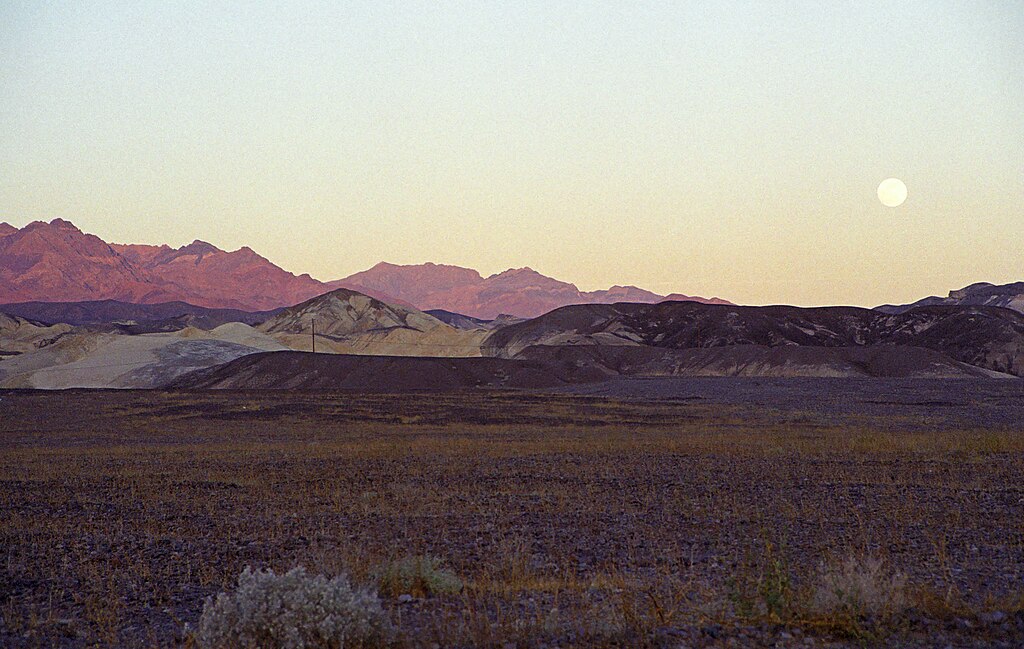 Acroterion, CC BY-SA 3.0, Wikimedia Commons
Acroterion, CC BY-SA 3.0, Wikimedia Commons
Death Valley: How It Got Its Name
Death Valley got its name a very long time ago when a group of pioneers got lost during the winter of 1849-1850.
Only one person from the group passed, but during their extreme struggle for survival they had all assumed it would be their final resting place.
Denali National Park
Denali National Park gives campers a fantastic opportunity to sleep in the great Alaskan outdoors. Travelers from all over the globe trek here for a truly breathtaking experience.
However, it is not without its dangers.
Denali National Park: Tallest Mountain
Denali is the tallest mountain in North America, rising 20,310 feet above sea level. Many people who attempt to climb to its peak end up passing from the frigid temperatures, blizzards, and avalanches.
There have been well over 100 falling fatalities in Denali over the years.
But, that’s not the only danger it presents.
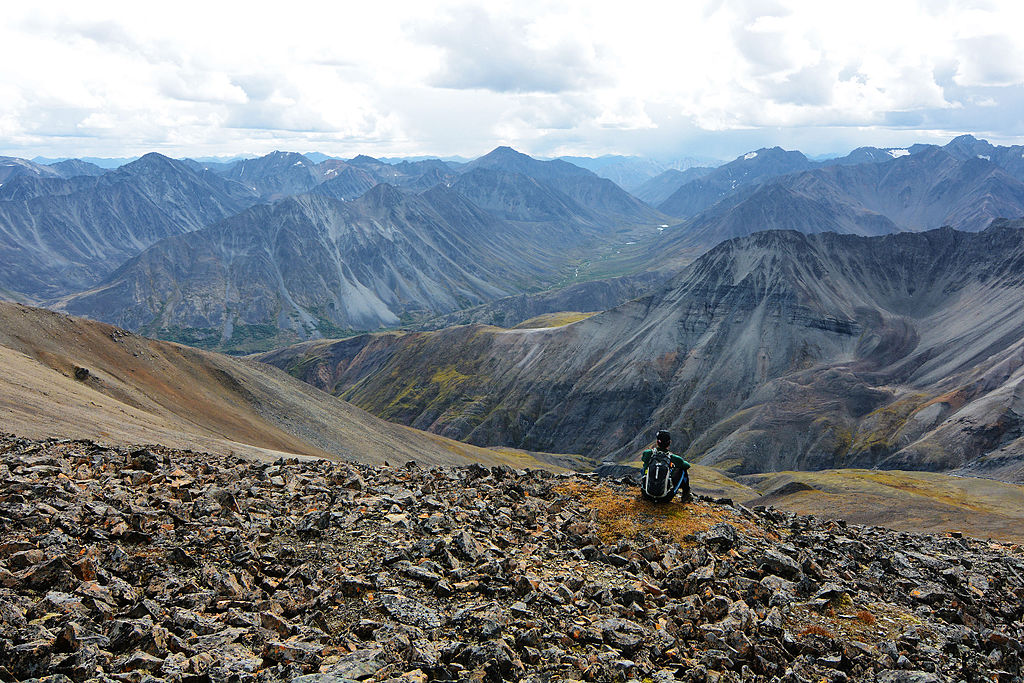 Paxson Woelber, CC BY-SA 4.0, Wikimedia Commons
Paxson Woelber, CC BY-SA 4.0, Wikimedia Commons
Denali National Park: Wildlife
Even if you don’t plan on climbing Denali, the park has several other particular dangers.
Considering Denali is one of the less-developed parks in the national parks system, the wildlife that roam is abundant. Particularly grizzly bears.
Campers most often meet a grizzly during their stay, especially those who don’t pack their food accordingly.
Glacier National Park
Glacier National Park is located on the border of Montana and the Canadian provinces of Alberta and British Columbia.
It is known for its stunning view of natural greens, blues, and whites along its 743 hiking trails and 13 different campgrounds.
So, what could possibly make this park dangerous?
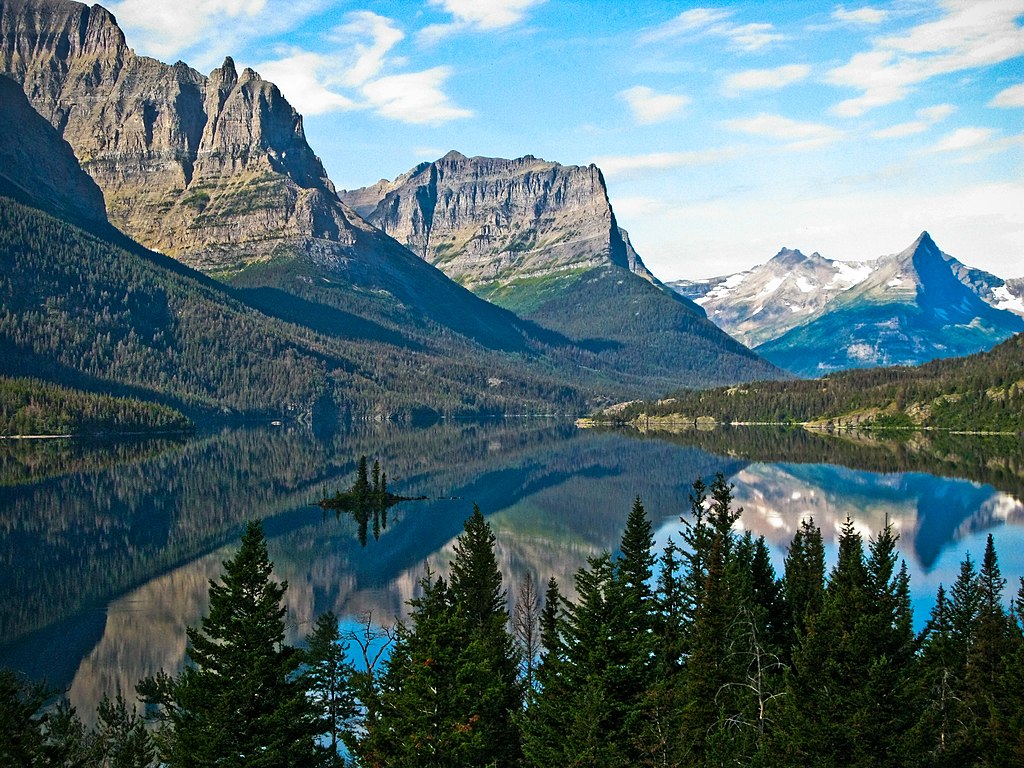 Dave Sizer, CC BY 2.0, Wikimedia Commons
Dave Sizer, CC BY 2.0, Wikimedia Commons
Glacier National Park: Mountainous Terrain
The mountainous terrain poses more threat than you can imagine.
Rockslides and avalanches are a real issue for hikers and mountain climbers. Not to mention, some people have actually passed by simply walking too far off the trails and falling 500 feet to their demise.
That’s not all.
Glacier National Park: Drowning
Over the years, more than 300 people have passed within Glacier Park’s boundaries, and many more had survived close calls.
The leading cause of fatalities at the park are both falling and drowning.
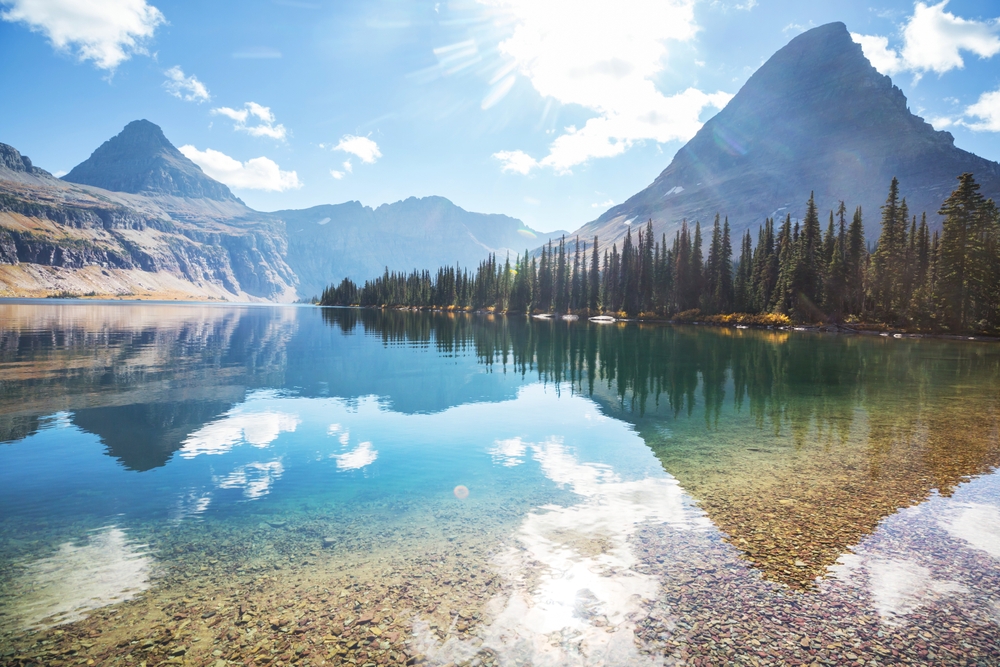 Galyna Andrushko, Shutterstock
Galyna Andrushko, Shutterstock
Glen Canyon National Recreation Area, Arizona and Utah
Glen Canyon National Recreation Area stretches across 1.25 million acres of land. It has impressive, massive cliffs overlooking winding rivers and large lakes.
It’s a tourist hot spot popular for water activities like kayaking and fishing—which is actually part of the problem.
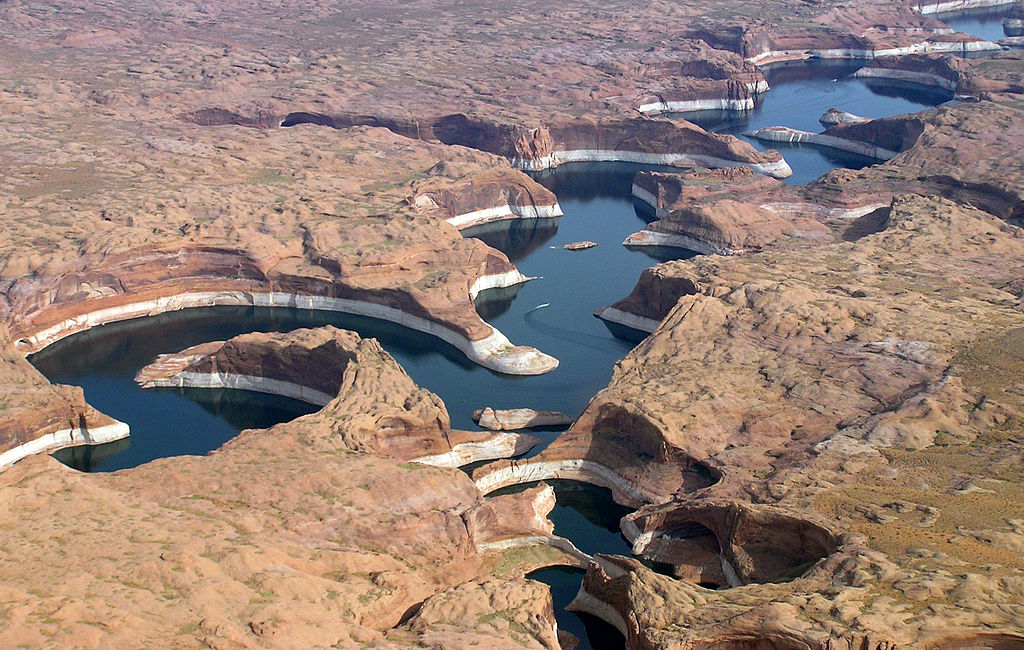 National Park Service Digital Image Archives, Wikimedia Commons
National Park Service Digital Image Archives, Wikimedia Commons
Glen Canyon National Recreation Area: Cliff Diving
Lake Powell is a large lake with big cliffs that remain a favorite among cliff divers.
Cliff divers are prohibited from jumping over 15 feet, but some don’t follow the rules and jump as high as 50 feet. At that height, people fall at a speed of 40mph, often leading to fatalities when they hit the water.
This has led to dozens of fatalities each year.
Glen Canyon national Recreation Area: Boating & Swimming
Lake Powell is also notorious for swimming and boating accidents. Apparently boaters are reckless and swimmers are often too confident
In 2013, six people passed within a ten-day period.
Great Smoky Mountains National Park, Tennessee and North Carolina
Great Smoky Mountains National Park is the most visited national park in the United States. It is full of dense forests and mountains—making it an excellent camping spot.
However, there is an intriguing danger within park boundaries with shocking statistics.
Great Smoky Mountains National Park: Roads
Believe it or not, it’s actually the roads within the park that are the cause of most park fatalities. With hairpin turns, slippery terrain, and poor visibility due to heavy fog, many motorists get into accidents while visiting the park.
Great Smoky Mountains National Park: Fatalities
Motor vehicle crashes claimed 415 lives over an eight-year span, and injured so many others. And in 2022, there were eleven fatalities, and multiple injuries on park roads.
In addition to car crashes, the park guests also frequently experience dehydration, drowning, and coming into contact with severely poisonous plants.
Lake Mead National Recreation Area, Nevada and Arizona
Lake Mead National Recreation Area is the largest reservoir in the United States, making the usual brown and dusty desert landscape into a stunning blue paradise.
Unfortunately, the inviting blue water is the problem.
Lake Mead National Recreation Area: Fatalities
Apparently, many park guests underestimate the dangers of the reservoir.
Between 2014 and 2012, there were a total of 145 deaths at Lake Mead—making it the highest number of fatalities at any U.S. National Park or Recreation Area.
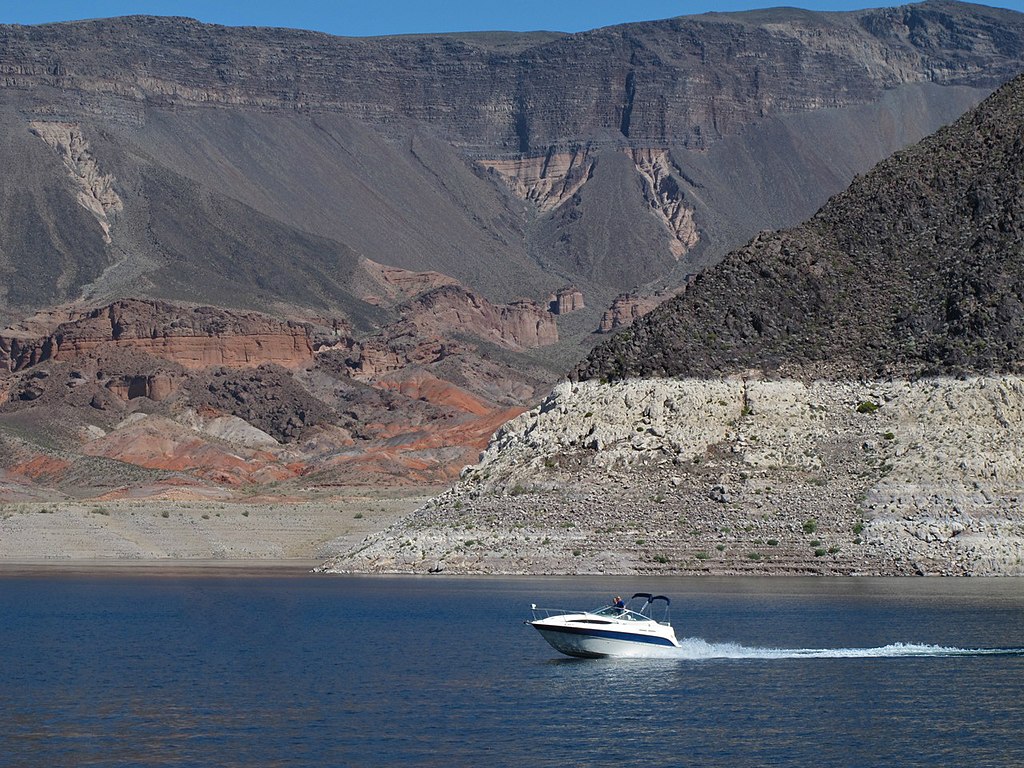 DylanMoz49, CC BY-SA 4.0, Wikimedia Commons
DylanMoz49, CC BY-SA 4.0, Wikimedia Commons
Lake Mead National Recreation Area: Drowning
Many of the drownings that occur on the lake are due to sudden changes in weather, and swimmers and boaters not being well equipped with safety gear—such as lifejackets.
The lake is very unpredictable with high winds which often cause boats to drift away from swimmers, leaving them stuck in the middle of the lake with oncoming hostile weather.
Back in 1998, one person passed on average every week.
Mount Rainier National Park
Mount Rainier is the tallest peak in the Cascade Range of the Pacific Northwest. Given this information, it is a popular camping destination and also mountain climbing destination.
However, the park presents numerous dangers, and it is suggested that only experienced guests should visit the park.
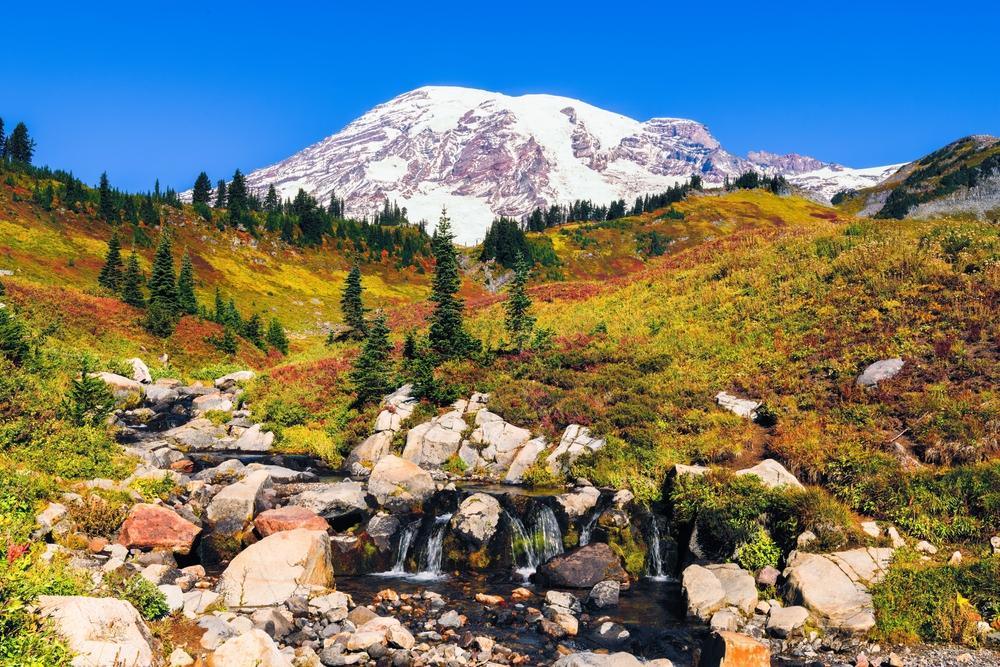 Ian Dewar Photography, Shutterstock
Ian Dewar Photography, Shutterstock
Mount Rainier National Park: Climbers
Each year about 10,000 people attempt to summit the peak of Mount Rainier, but only half of them make it. Most people are forced to turn back due to the treacherous climb.
Avalanches and rockfalls are a serious danger, which is responsible 11 people losing their lives in a single incident.
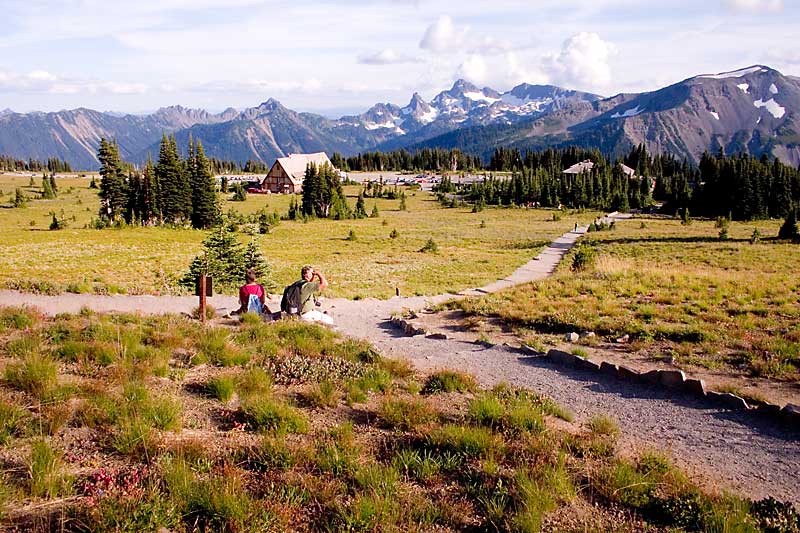 Kelvin Kay, CC BY-SA 3.0, Wikimedia Commons
Kelvin Kay, CC BY-SA 3.0, Wikimedia Commons
Mount Rainier National Park: Fatalities
To further that note, in 2014 six people experienced a brutal demise when they tumbled thousands of feet down the side of the mountain.
Overall, upwards of 500 people have lost their lives attempting the climb, and numerous others have been severely injured.
Organ Pipe Cactus National Monument
Named for its cactuses that fill the vast Arizonian desert, Organ Pipe Cactus National Monument is actually most frequently used for research on desert ecosystems and climate change.
Guests are welcome to stay and camp, but there is one major danger that are strictly warned about.
Organ Pipe Cactus National Monument: Jaguars
Organ Pipe Cactus National Monument is home to America’s only wild jaguar population. Guests are warned to be on the lookout for this particularly aggressive wild animal.
But, that’s not the only predator that lurks within the park.
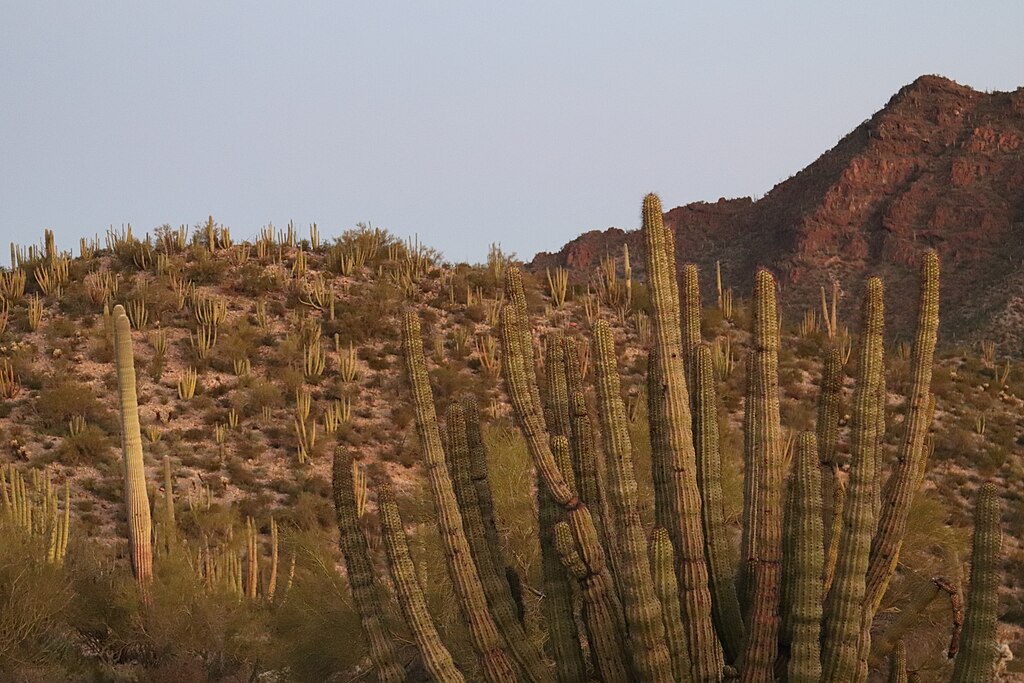 daveynin, CC BY 2.0, Wikimedia Commons
daveynin, CC BY 2.0, Wikimedia Commons
Organ Pipe Cactus National Monument: Traffickers
Unfortunately, Organ Pipe Cactus National Monument is very remote, making it the prime location for substance smugglers and human traffickers that flee to and from Mexico.
Between 2003 and 2014, officials closed off 70% of the park due to an influx of dangerous unlawful activity.
The Wave, Arizona
The Wave is a bright orange, striped sandstone formation that an absolutely stunning sight to see. It boasts the nickname, “The Devil’s Playground”—and for good reason.
Considering only twenty visitors are allowed per day, campers are given maps and directions and then set out without a guide.
The Wave: Unmarked Trails
The unmarked trails and awkward terrain are only the first of the problems. The area is notorious for spotty cell service, making it nearly impossible for visitors to call for help if needed.
Not only that, the weather poses a significant risk.
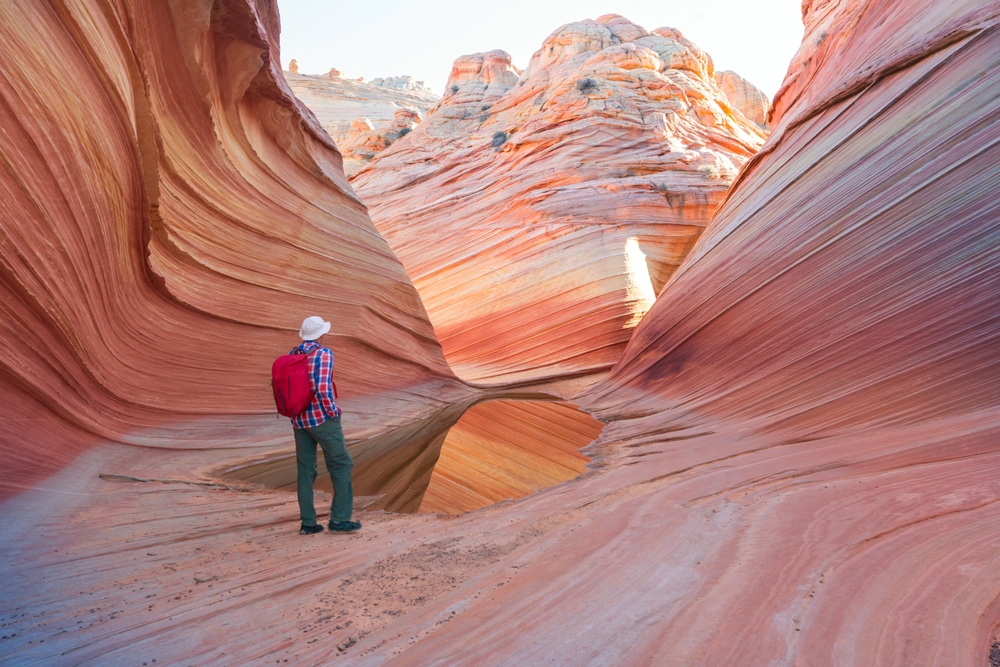 Galyna Andrushko, Shutterstock
Galyna Andrushko, Shutterstock
The Wave: Temperatures
Temperatures in the area can reach high above 100F—which is usually underestimated by campers. In 2013, three people lost their lives in a span of a few weeks all from cardiac arrest caused by extreme heat exposure.
Final Thoughts
All the parks listed here top the official list for America’s most dangerous national parks. While some parks have higher fatalities than others, it is important to remember that not all injuries and illness end in loss of life, and those numbers are not as easily reported.
These parks remain some of the most beautiful landscapes in the country and despite the dangers, they continue to be popular tourist hot spots.
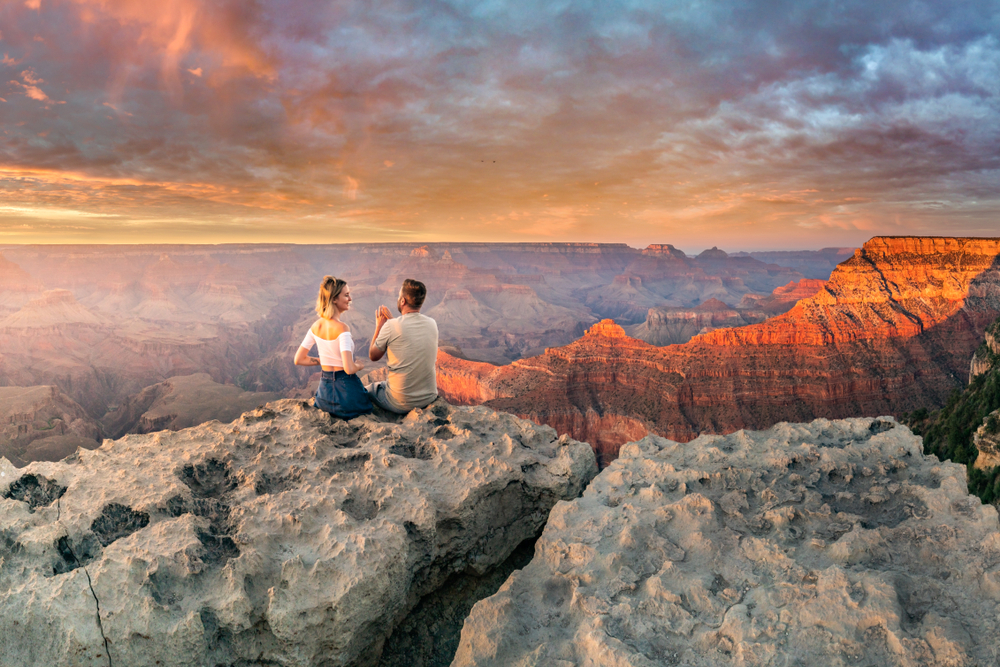 Freebilly Photography, Shutterstock
Freebilly Photography, Shutterstock

